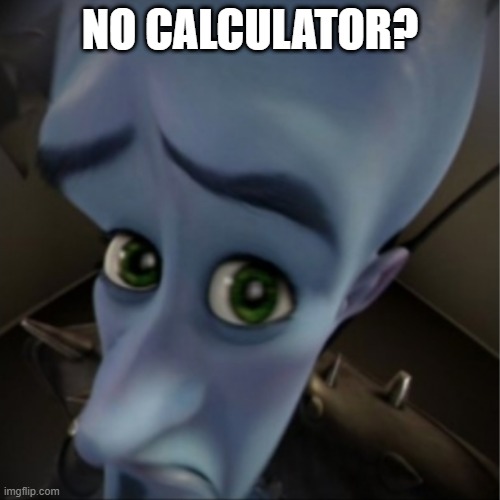On the Subject of the RSA CM
A machine that knows no bounds when it comes to ciphers.
Determining N & E
The numbers on screen A (N) and B (E) have been encrypted through a series of modular exponentiation. To decrypt it, take each letter of the encrypted word and convert it to a number using the table below:
| A | B | C | D | E | F | G | H | I | J | K | L | M |
|---|---|---|---|---|---|---|---|---|---|---|---|---|
| 7 | 11 | 13 | 17 | 19 | 23 | 29 | 31 | 37 | 41 | 43 | 47 | 49 |
| N | O | P | Q | R | S | T | U | V | W | X | Y | Z |
| 53 | 59 | 61 | 67 | 71 | 73 | 77 | 79 | 83 | 89 | 91 | 97 | 101 |
For each encrypted number (Z), use the following equation to get your final N value: NZ mod 9797
Take E and take it to the power of the sum of the alphabetic positions (A1Z26) of the encrypted word, modulo 9797 to get your final E value.
Determining λ(N)
Determine what 2 prime numbers from the list below were multiplied to get N:
11, 13, 17, 19, 23, 29, 31, 37, 41, 43, 47, 53, 59, 61, 67, 71, 73, 79, 83, 89, 97
λ(N) is calculated by using this equation: ((P1 - 1) * (P2 - 1)) / GCD(P1 - 1, P2 - 1)
The GCD between 2 numbers can be found using these set of instructions:
- 1: Take the greater of the 2 numbers and modulo it by the smaller number.
- 2: Then take the right number of the previous operation and modulo it by the result of the previous step.
- 3: Repeat step 2 until the result is 0.
- 4: The right number of the operation when the result is 0 is the GCD of the 2 numbers.
